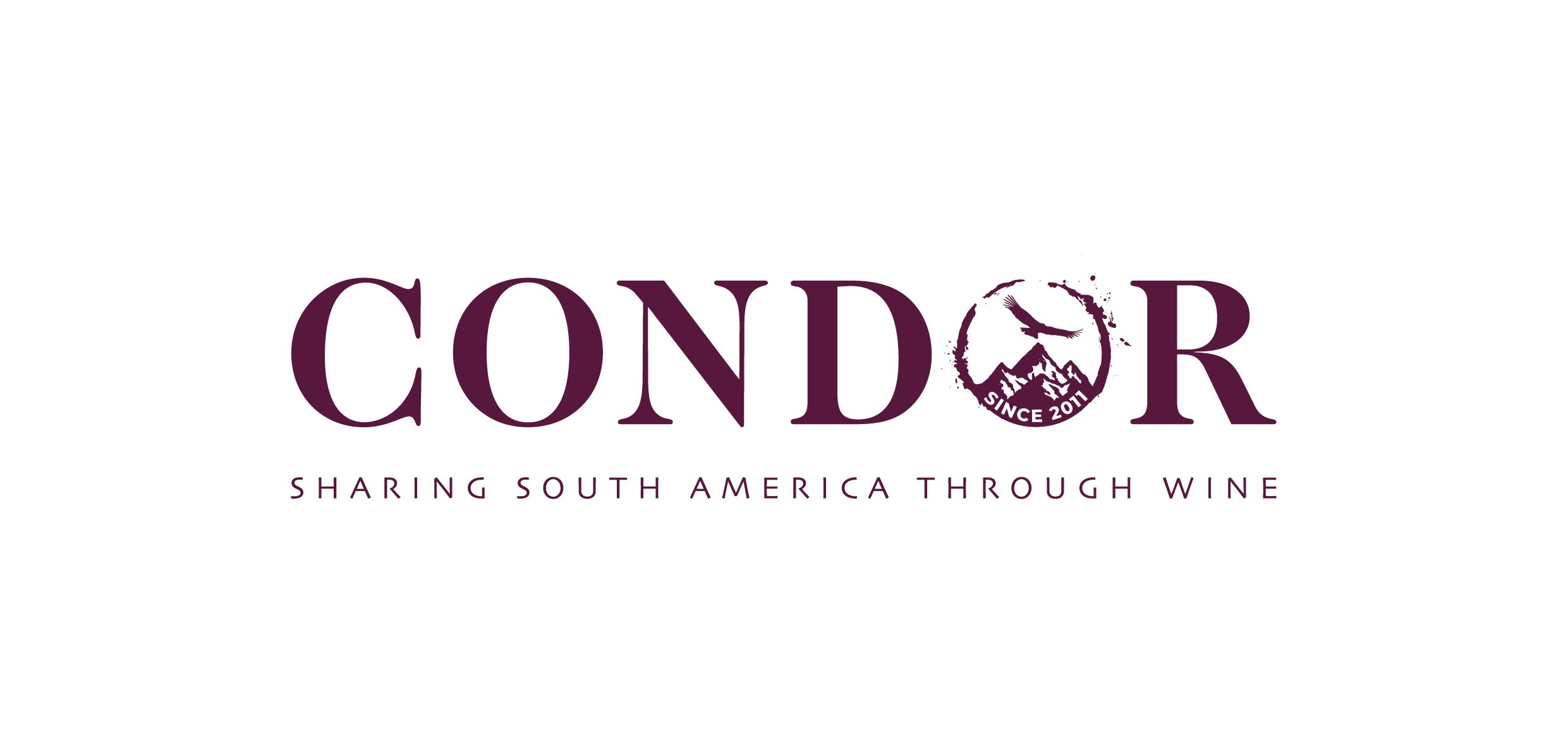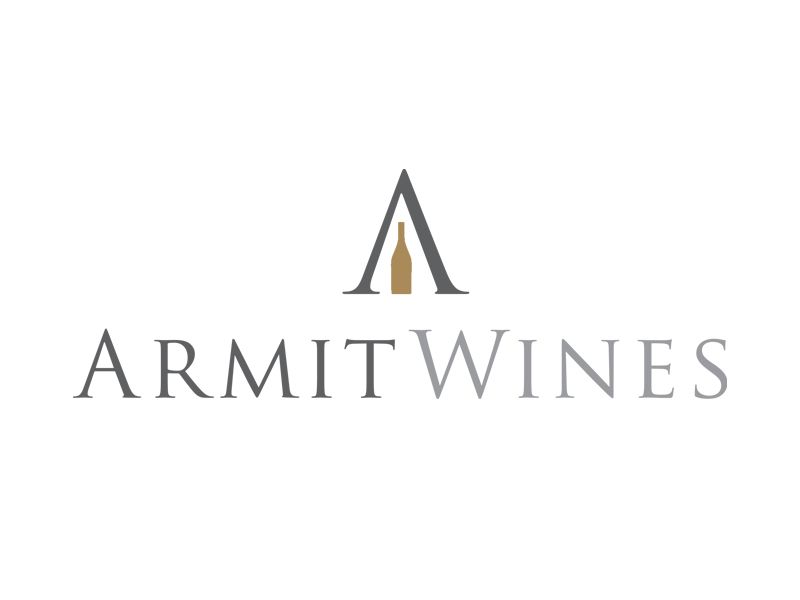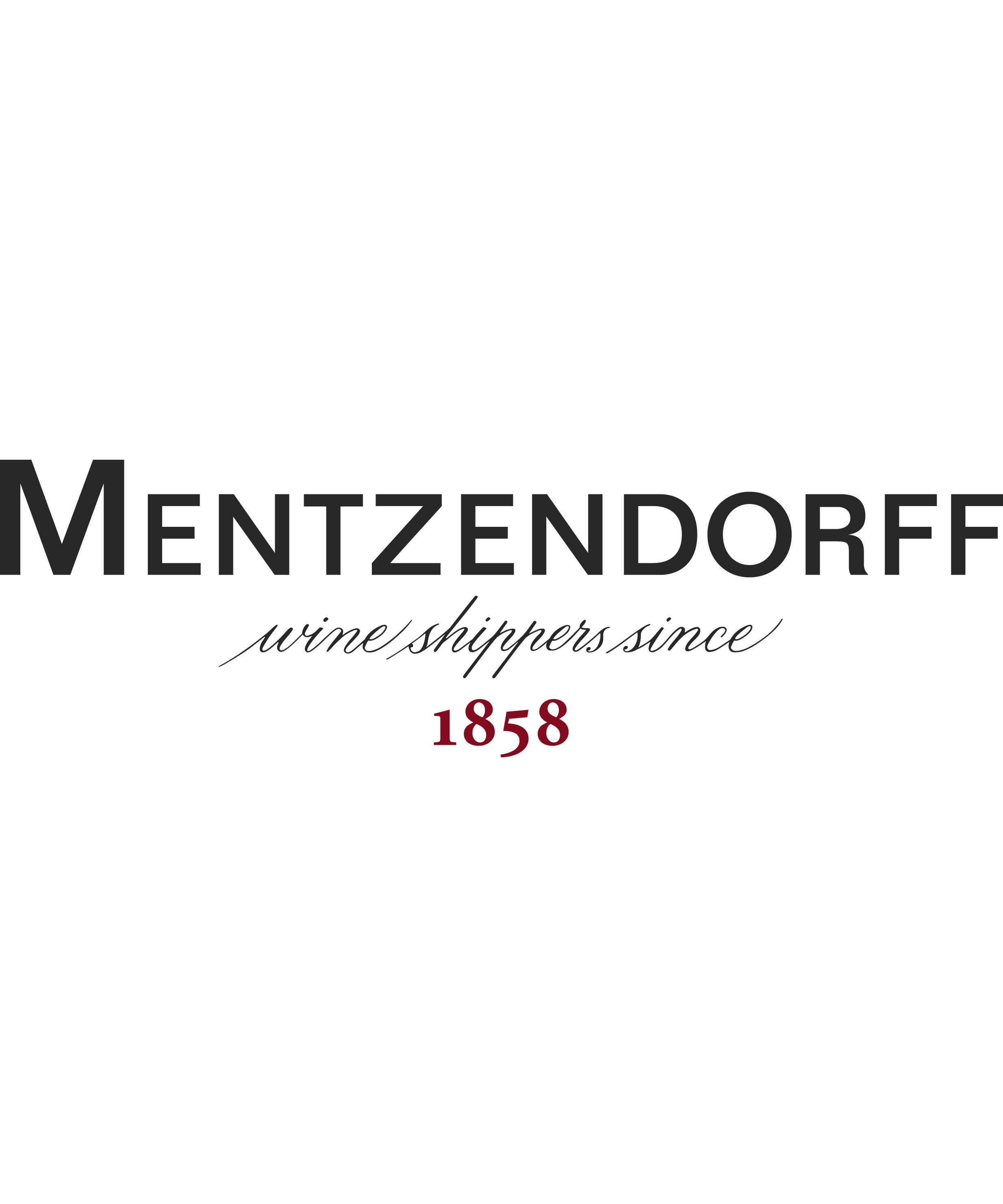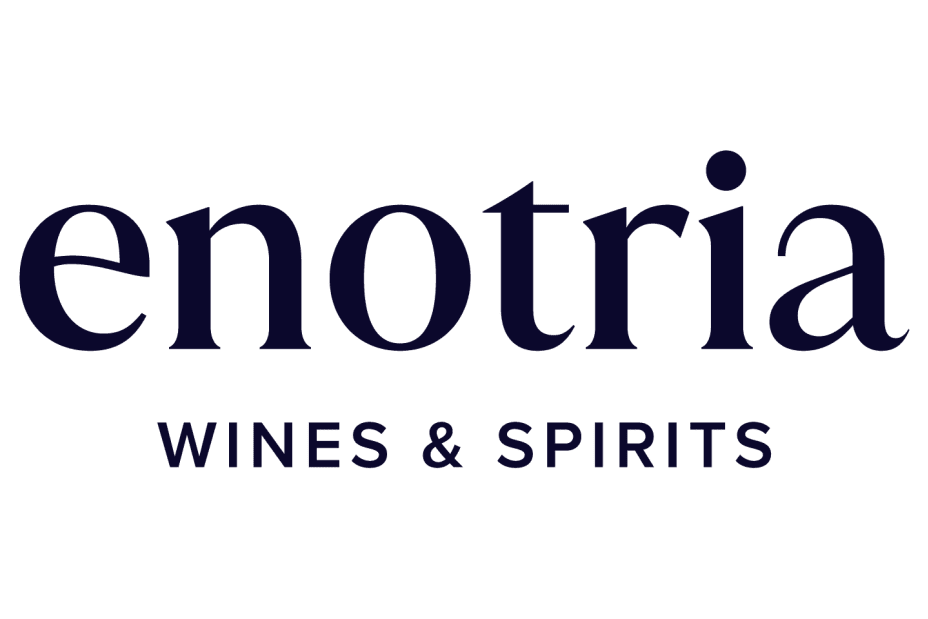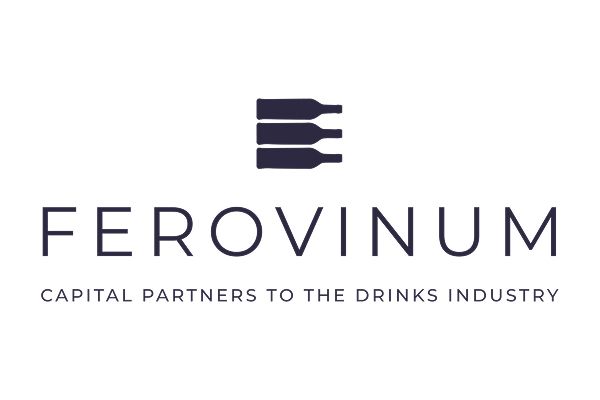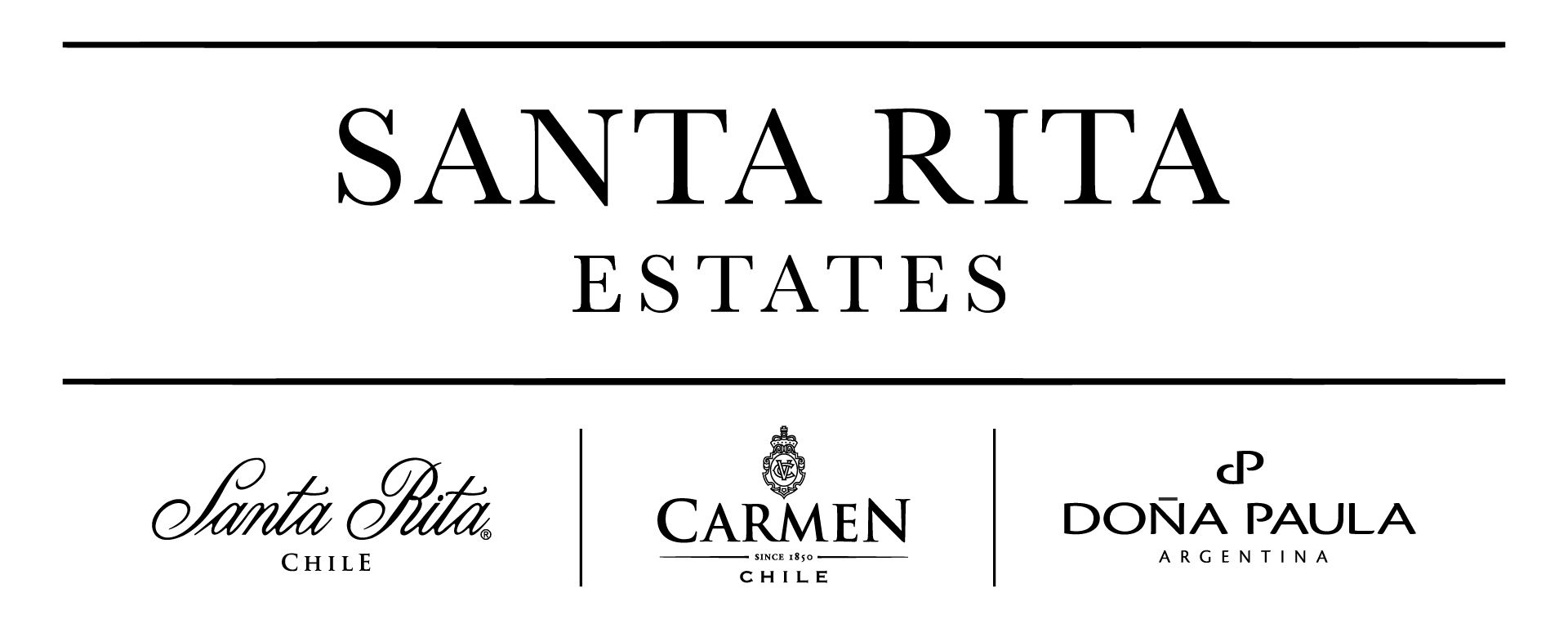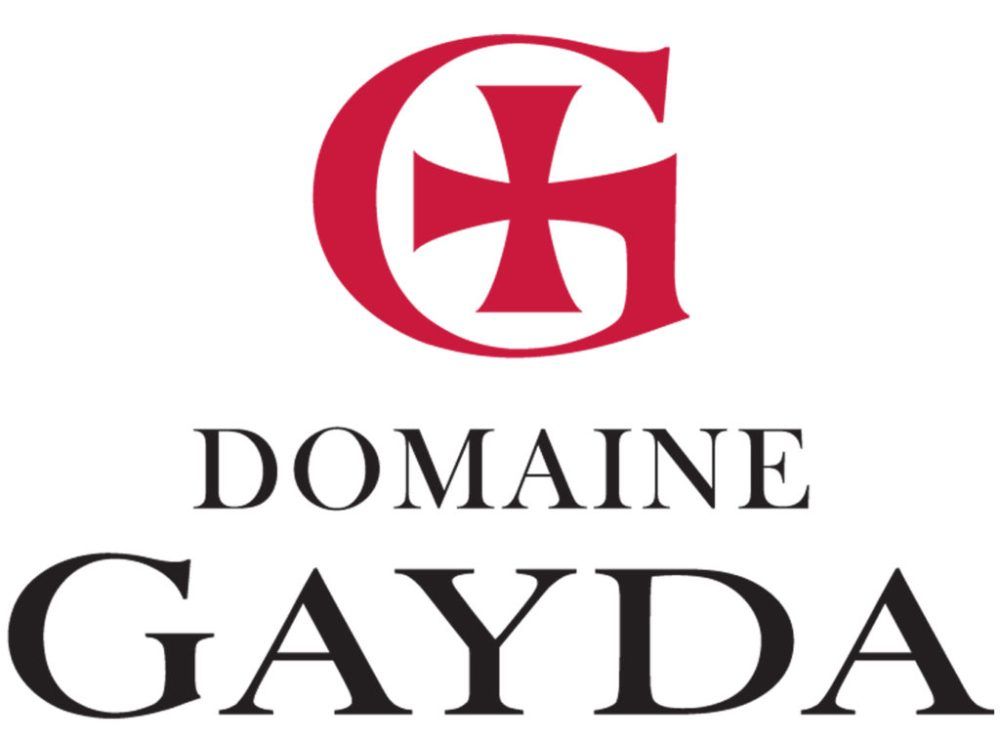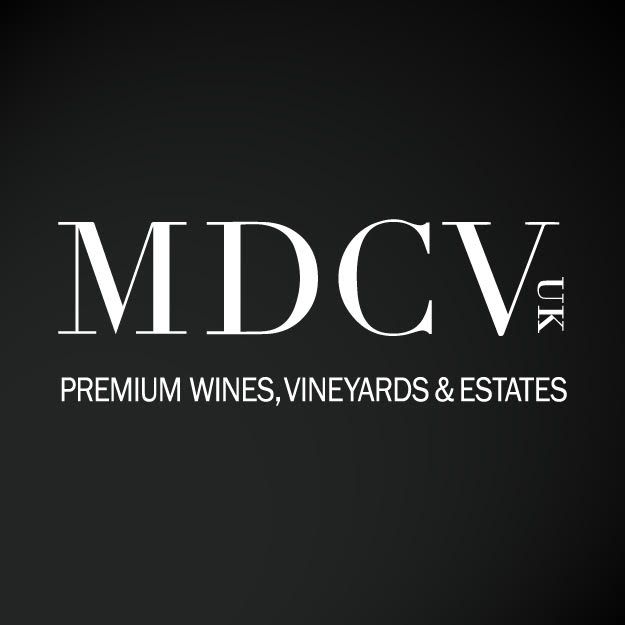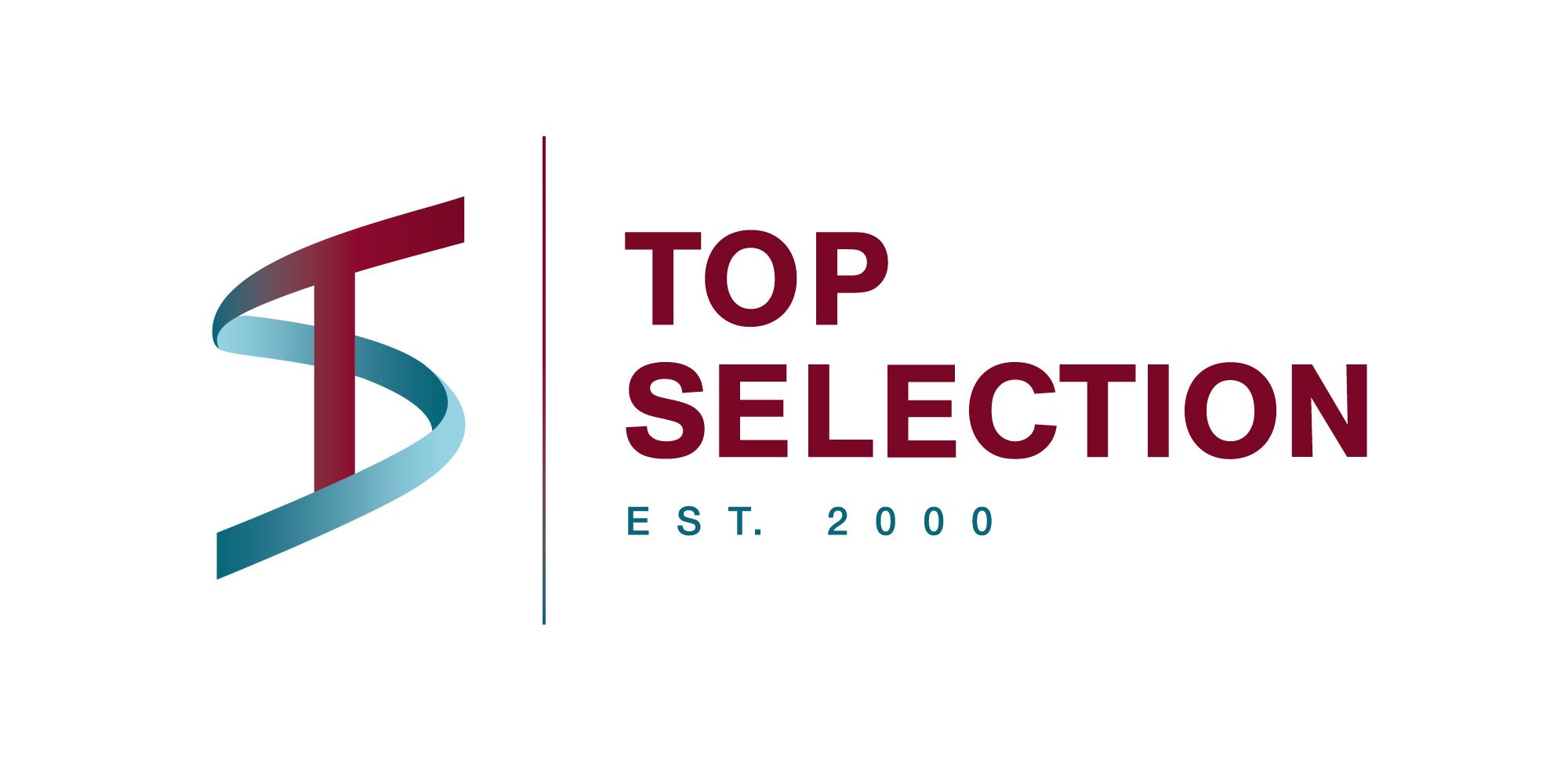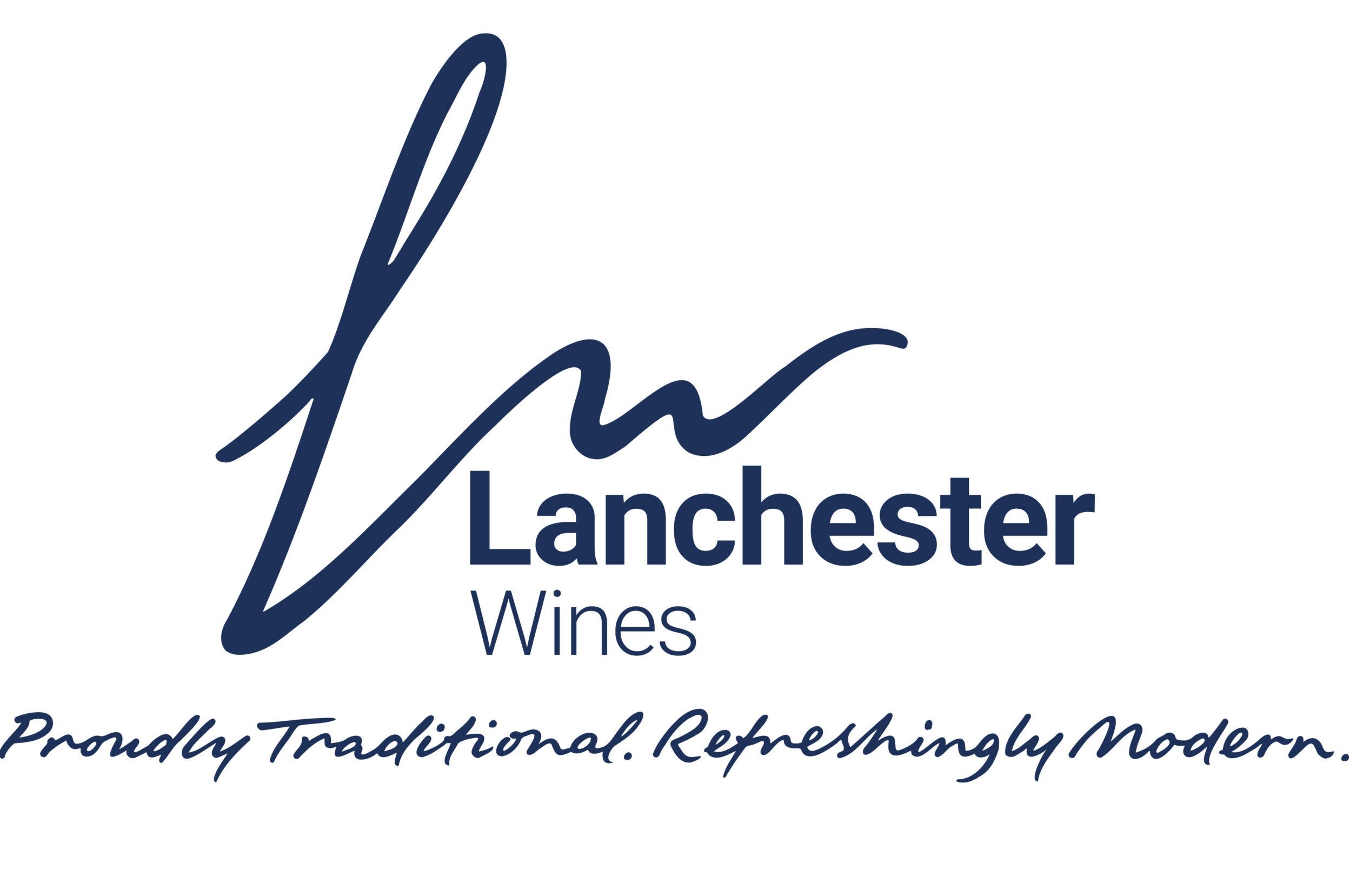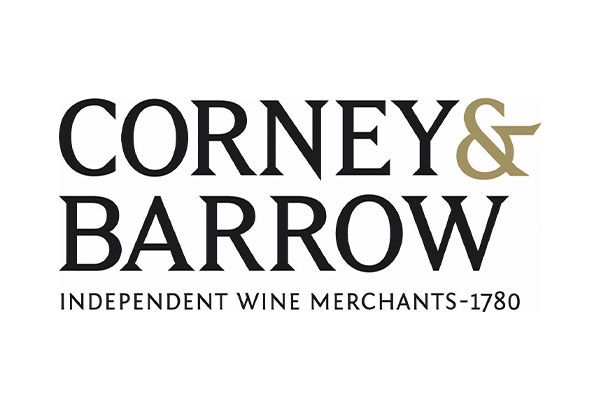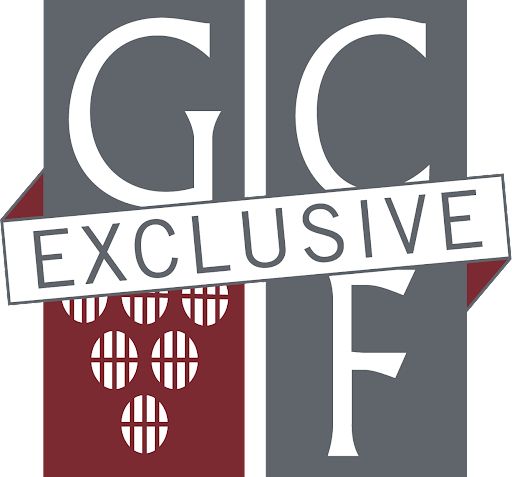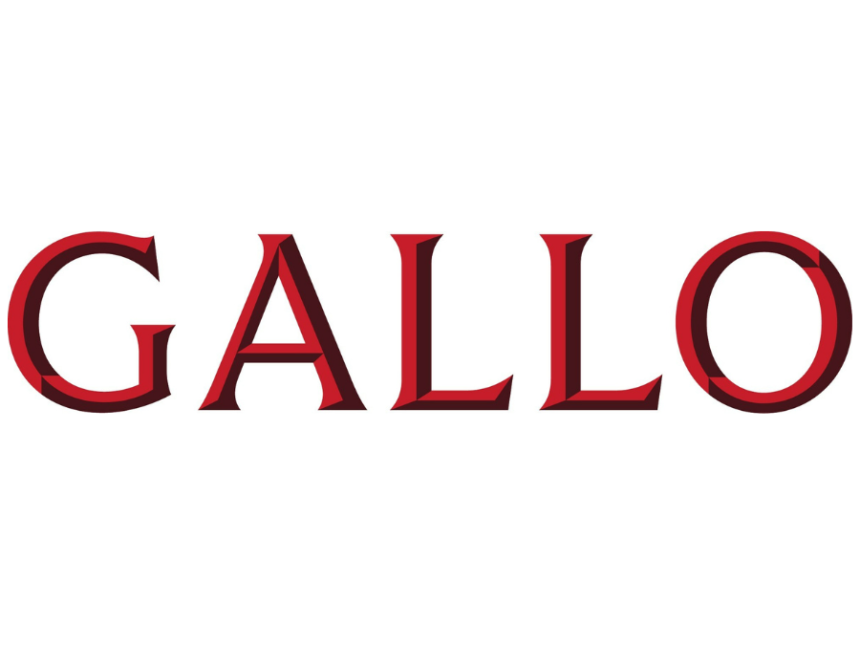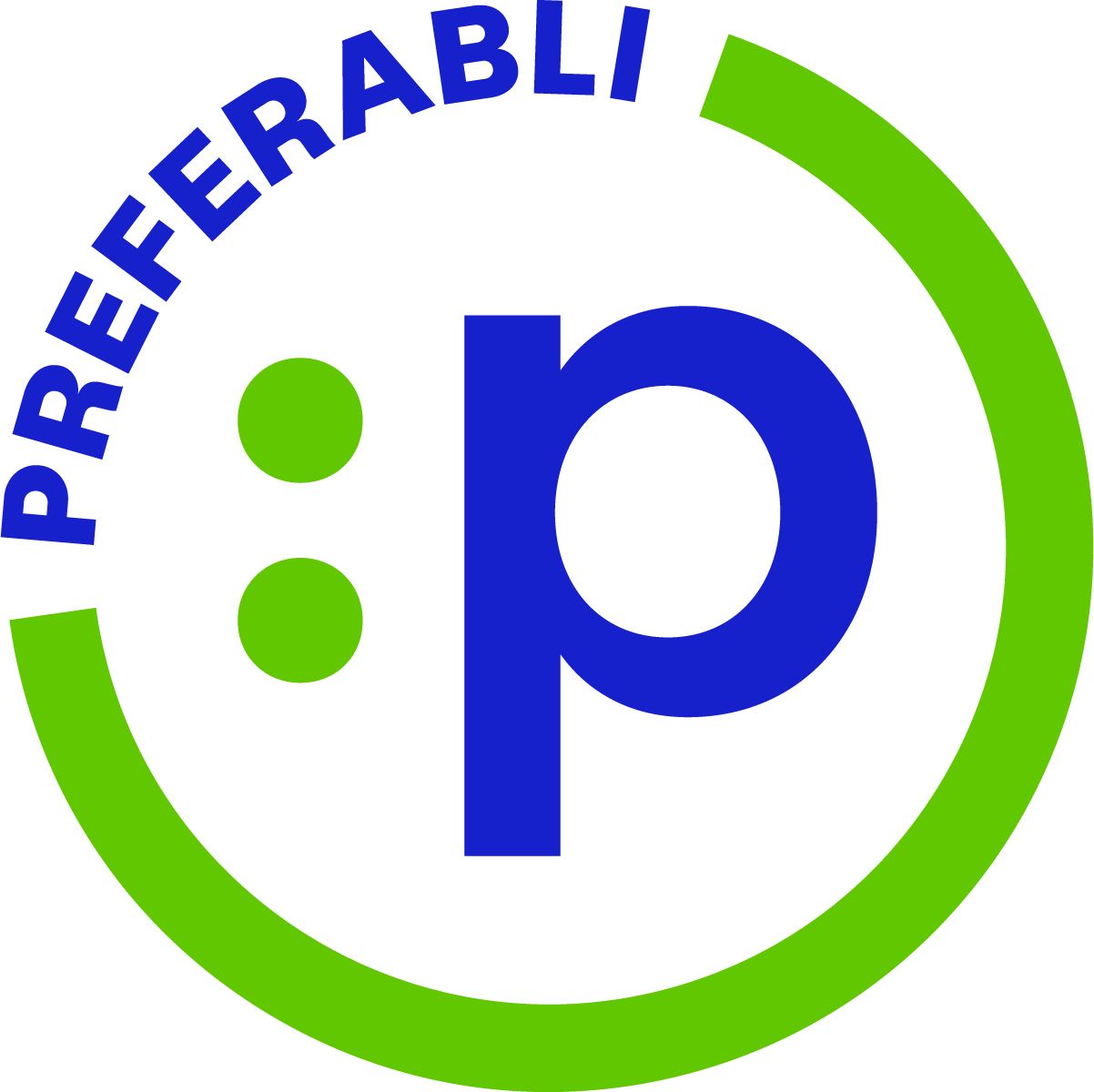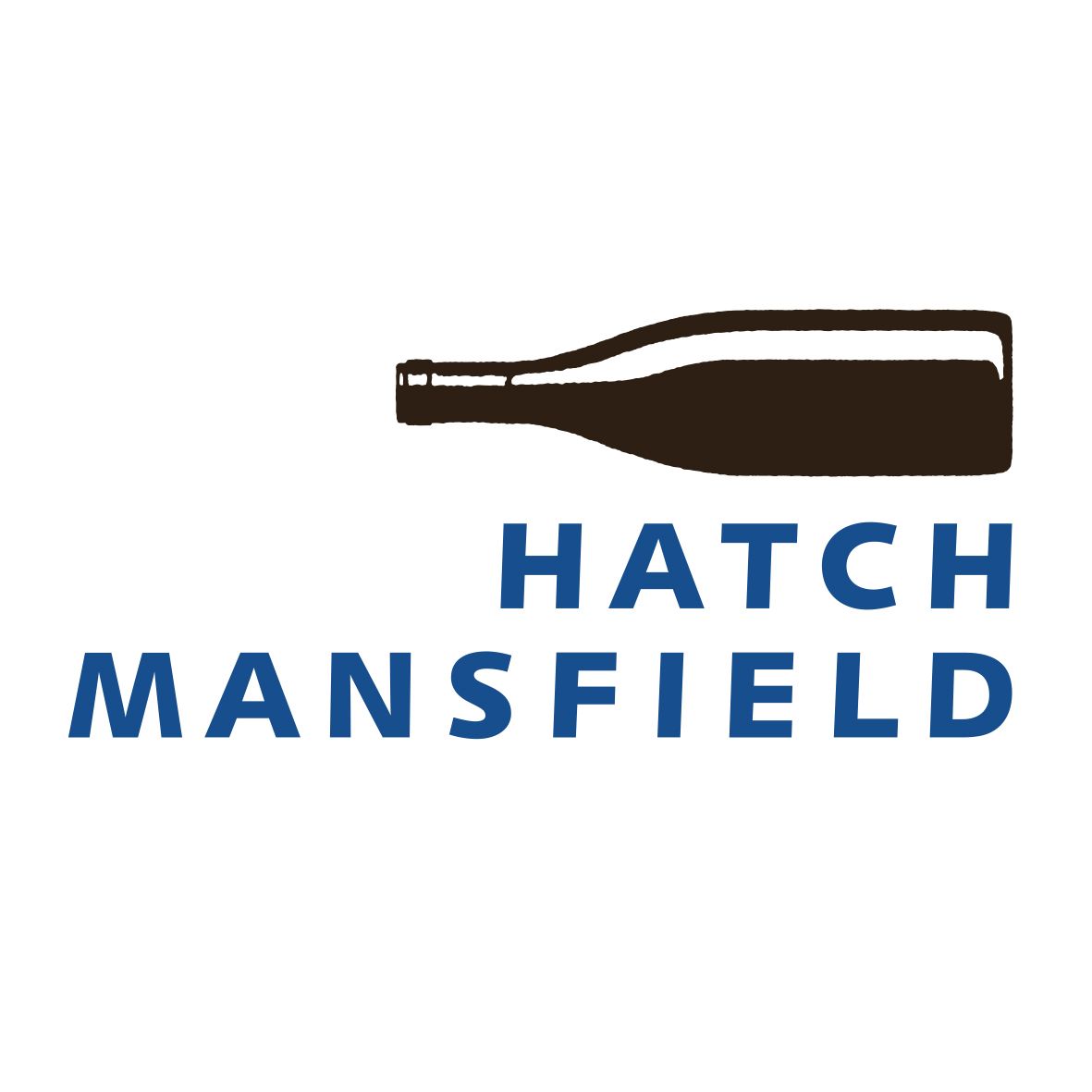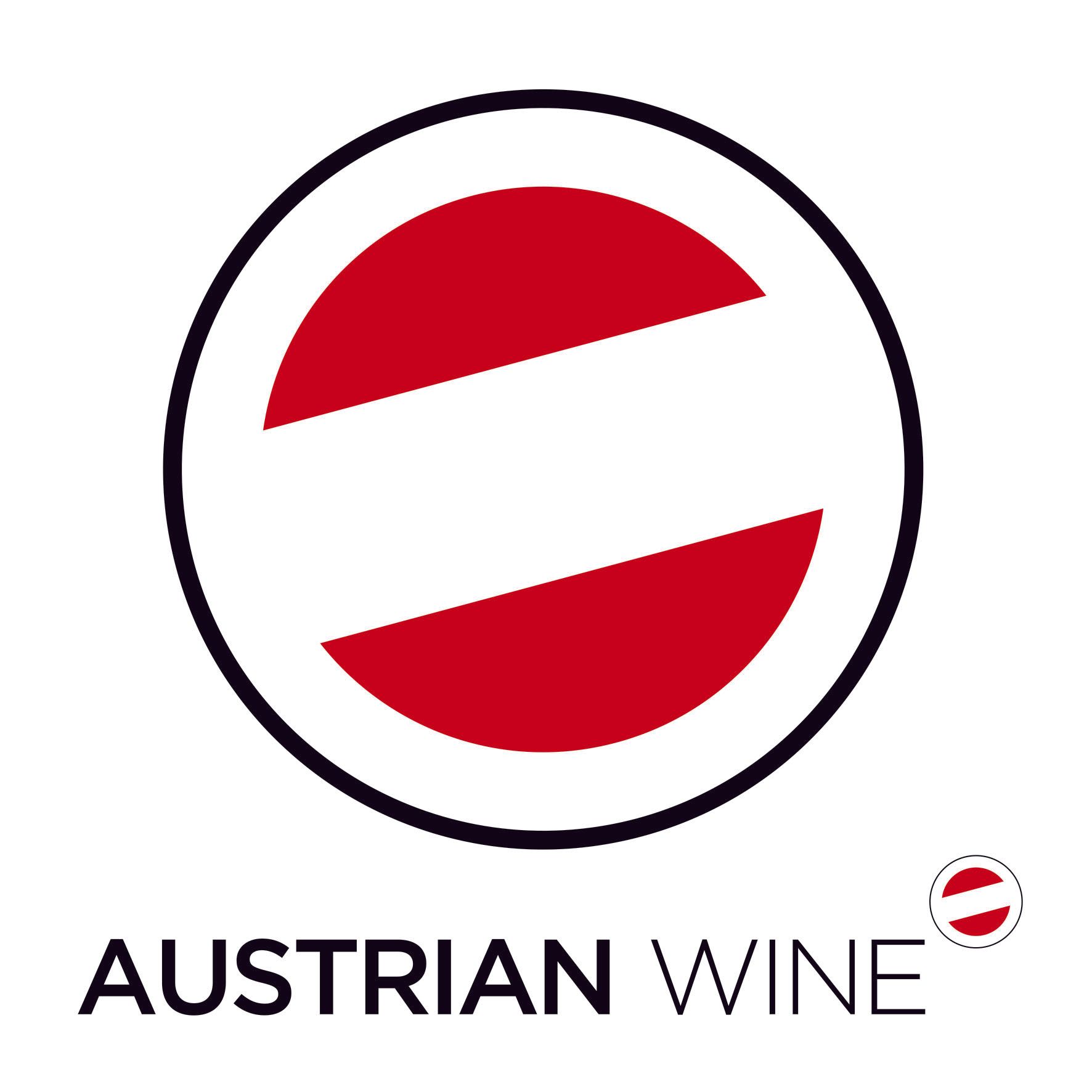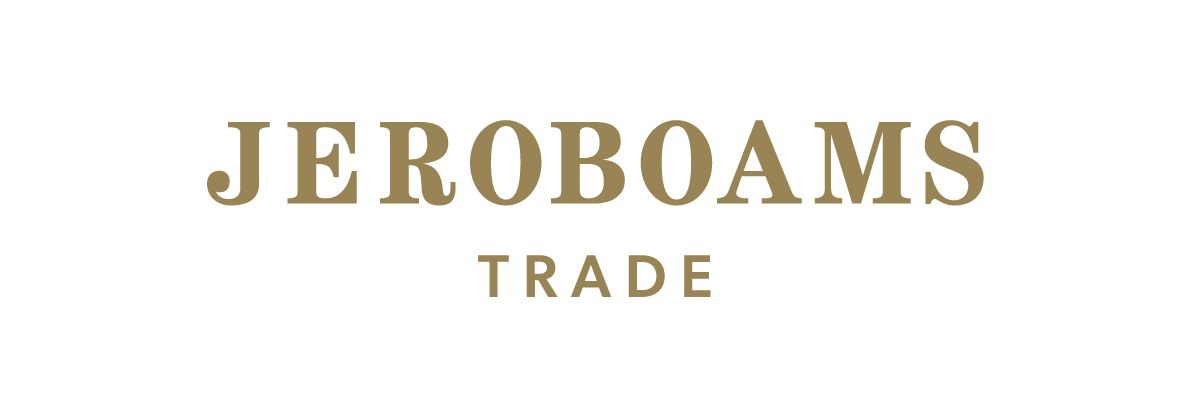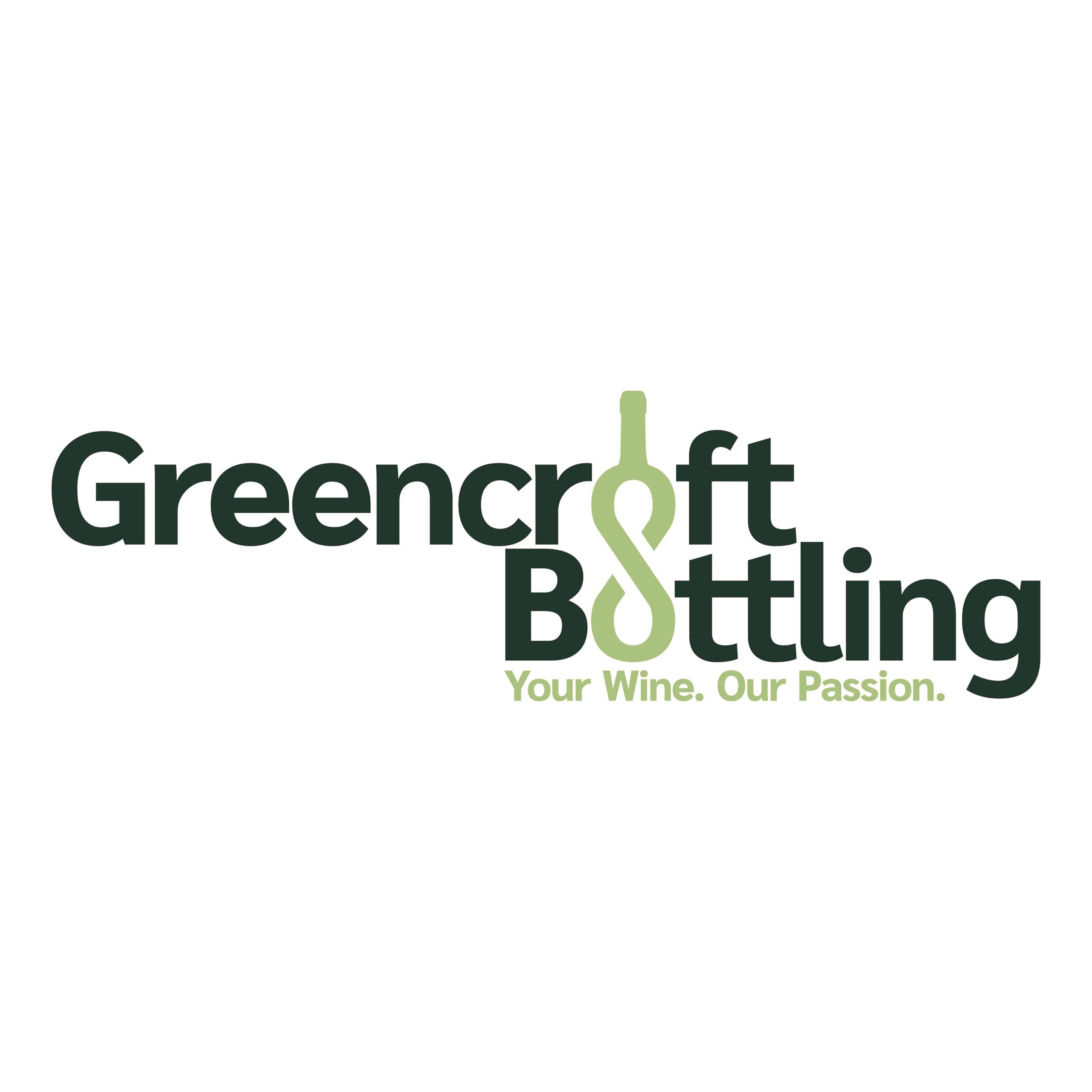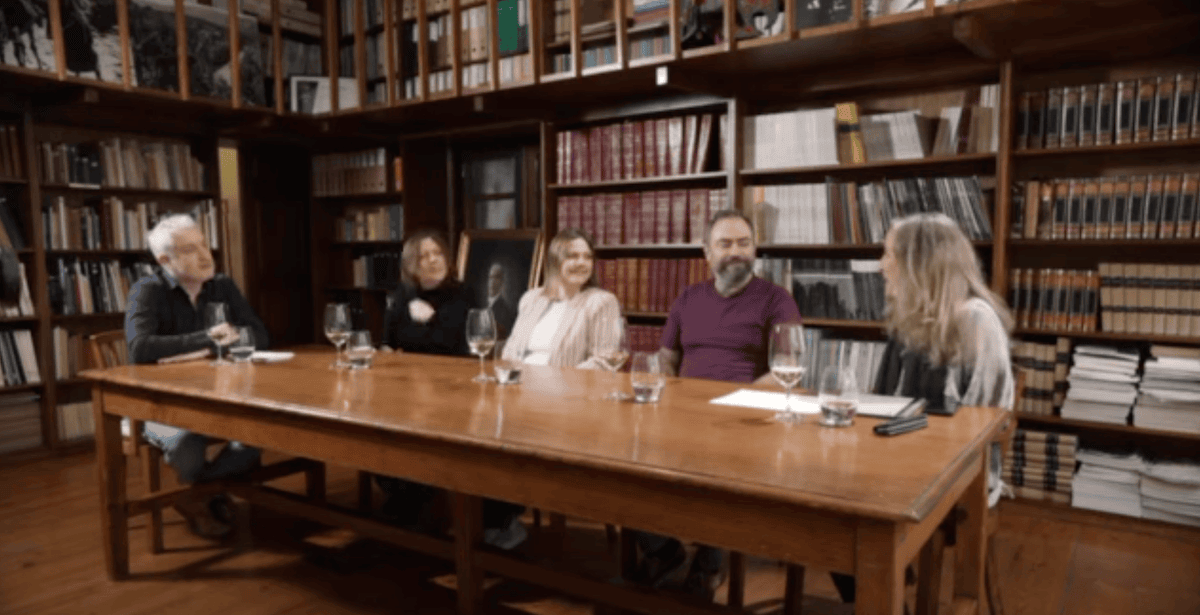En route to Top Selection’s 25th Anniversary Tasting at Savoy Place, I found myself pondering (as you do) the immutability of time. It really is easy to forget how different the world was back in 2000, when Ákos and Michelle Forczek started Top Selection from their house in Balham.
9/11 hadn’t happened, of course, nor the 2008 financial crash; the UK was firmly in the EU and Balham was an unremarkable south London suburb – a far cry from the gentrified place it is today. The drinks industry? Flourishing but lacking specialist importers dedicated to the highest quality producers in their respective regions, which gave Top Selection its opportunity.
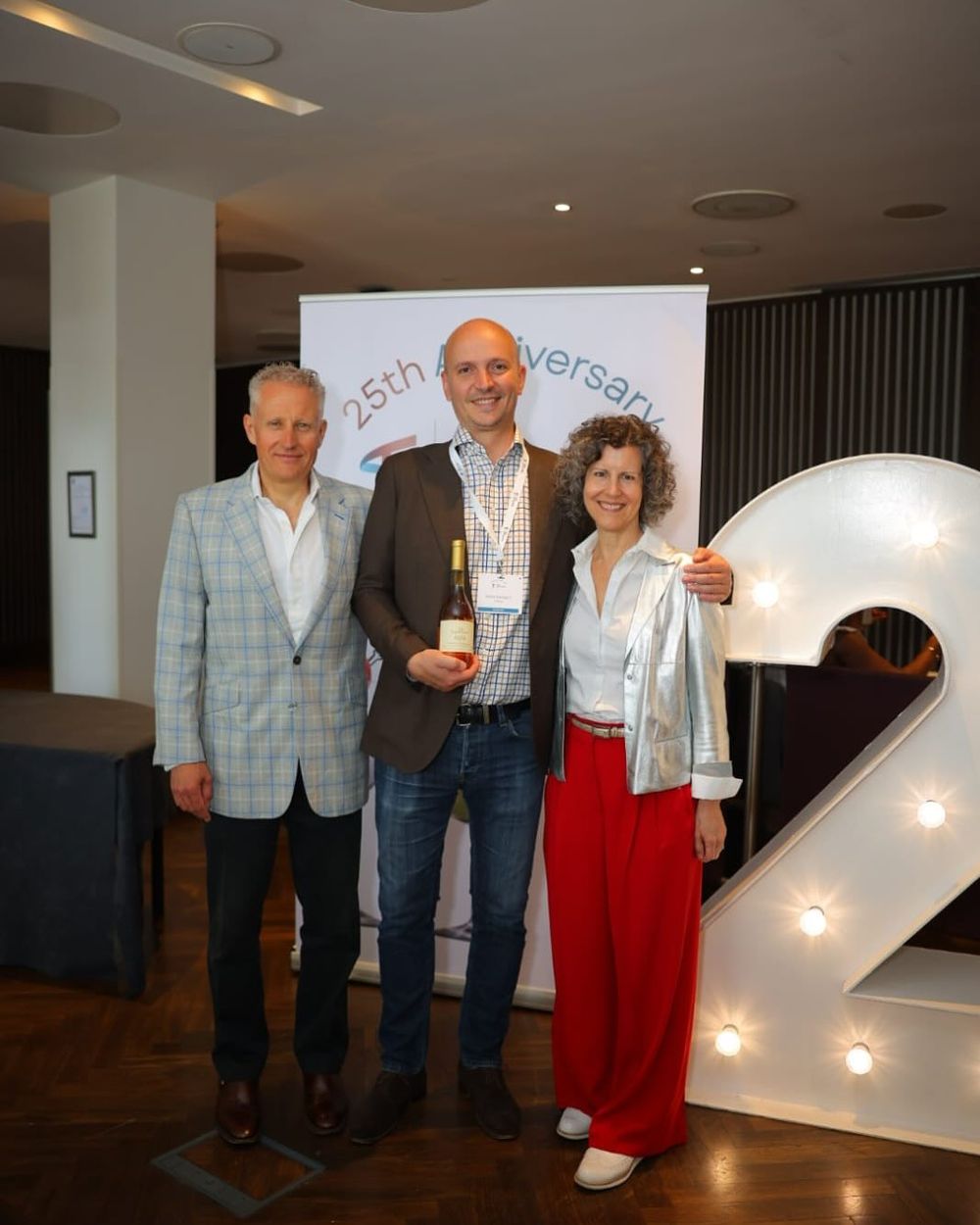
25 years at the top: Ákos and Michelle Forczek with Istvan Szepsy (middle)
“It was the end of a golden age but it was a very conventional trade. I was knocking on doors but being told such things as no one will buy grower champagne or wine from lesser-known regions. But then I met Gerard Bassett at Hotel du Vin, who was the first person to buy wine from me (white Bordeaux and Tokaji from Ivan Szepsy). Soon sommeliers got interested, and it went from there,” Ákos Forczek recalls, as the tasting gets underway.
They called the business Top Selection and the producers they got on board were, and still are, well, Top.
“Most of those we took on in the early days – Szepsy, of course, Egon Muller (Mosel), Alves de Sousa (Douro) and David Duband (Burgundy) – are still with us, we’ve grown together through the good and the tough times,” Forczek says, noting that the business has survived six major recessions, Brexit and Covid, and now new excise duties.
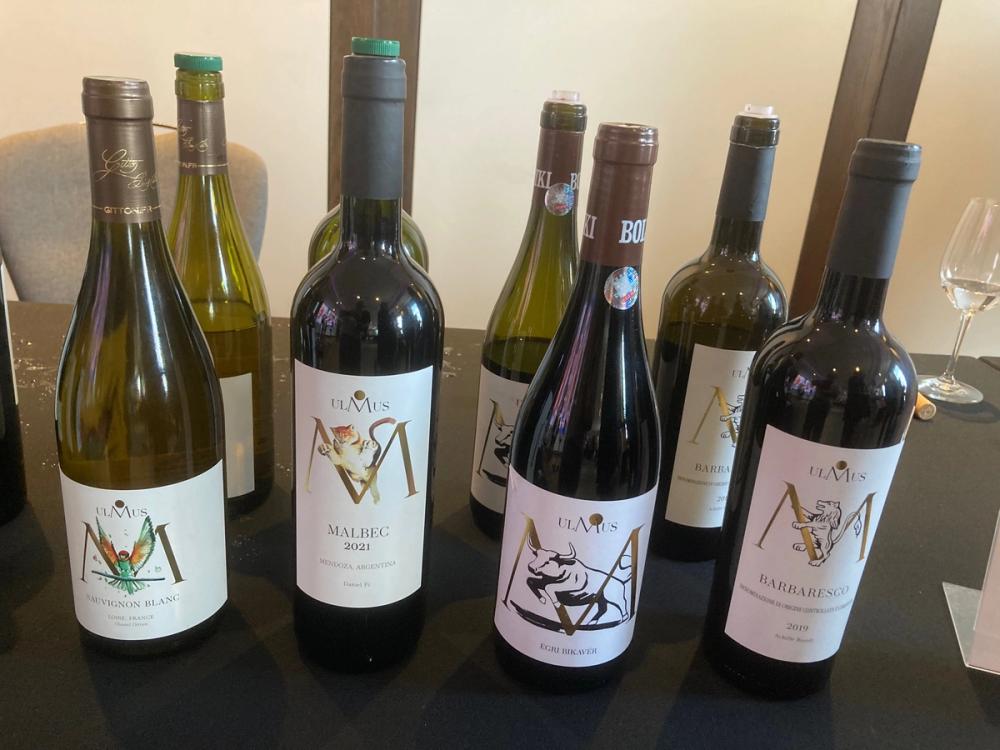
Top Selection used the 25th anniversary tasting to formally launch Ulmus, its classy new own label range of wines.
Sales director Alastair Moss attributes Top Selection’s continuing success to the quality of its producers and to customer loyalty.
“We’re getting good traction outside the London region, in Manchester and the West Country. It’s a tough market but people do appreciate what we’re doing.”
Forczek echoes this, pointing to the ongoing consolidation taking place in the trade and stressing that it is quality that Top Selection excels at.
“It’s the quality of our wines that carries us through,” he insists. This was evident at the tasting. Over 30 producers were present, including old friends from the early days, notably Szepzy and his impressive single vineyard dry Furmints, Uragya 2020 and Urban 73 2020 alongside his historic Aszu.
There was an interesting new signing in Bodegas Baigorri from Rioja Alavesa that was showing great Tempranillo and a nice barrique-fermented blanco (a blend of Viura and Malvasia). Others showing their latest wines and new vintages to the range included: quality Gavi from Fontanessa; ; great Sangiovese from Capannelle in Tuscany; classy Rias Baixas Albariño from Angel Sequeiros; and from California, quality Cabernet Sauvignon from Elizabeth Spencer alongside the whole Duckhorn Portfolio (which includes Calera and its world class Pinot Noirs).
And there was something else. Top Selection used this tasting to formally launch Ulmus, its classy new own label range of wines. Named after the Latin name for elm, in recognition of Top Selection’s Nine Elms location, the range currently comprises a Sauvignon Blanc, a Malbec (by Daniel Pi), an Egri Bikaver and a Barbaresco. These wines were all good, showing Top Selection’s dedication to quality and its ambition.
So what were the wines that really stood out for me?
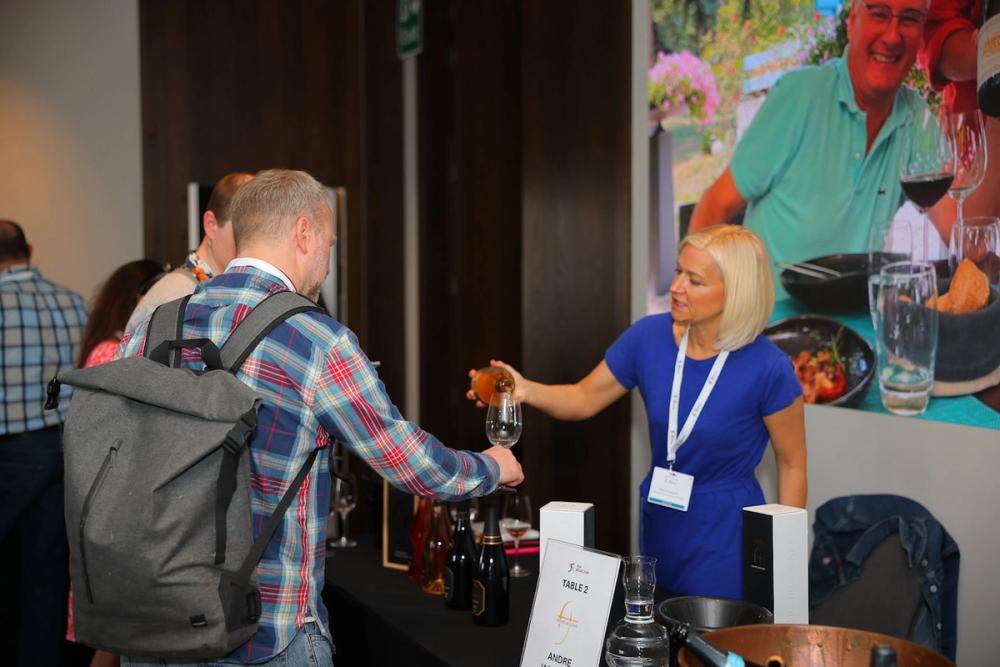
Champagne André Jacquart, Solera Réserve Perpétuelle 1er Cru Blanc de Blancs Extra Brut 2012
I don’t tend to include champagnes in my favourites list unless they are really good and André Jacquart definitely qualifies. This is grower champagne at its best, all six of the wines on show demonstrating finesse, low dosage and consistent oak ageing. The Solera Réserve Perpétuelle gets my vote, however, just 3637 bottles were produced, a shame because the stylish finesse here is remarkable. Pricey at £187 retail but worth it.
Mountfield Winery, Rosé Reserve Brut NV
In the fast-evolving scene that is English wine, this boutique producer, run by Simon and Lucinda Fraser some ten miles north of Hastings, was new to me although its first vintage was back in 2014. Unusually for such a small operation (around 10,000 bottles in a ‘typical vintage’ – although there’s no such thing in the UK!) it is a fully integrated winery, not outsourcing bottling or anything else to one of the bigger operations. I liked all the wines but especially the red fruit drive, nicely saline Rosé Reserve Brut, made from equal amounts of Pinot Noir and Meunier. Darkish pink, nice long finish. RRP £44.24
Domaine Remy Gresser, Riesling Moenchberg Grand Cru 2018
This organic/biodynamic Andlau producer – located mid-way between Colmar and Strasbourg – benefits from what Top Selection says is one of the most complex geologies of Alsace’s 119 villages and the six wines on show clearly demonstrated this and Remy Gresser’s winemaking technique. I loved the balanced Kritt 2022 a medium bodied off-dry Gewurztraminer and the Brandhof 2019, a full, long Pinot Gris but the Riesling wins the crown. Wonderfully mineral, great attack, suggestions of petrol but very balanced. A great Alsace Riesling.
David Duband, Nuits-Saint-Georges 2021
Just how to choose a winner from this Burgundy supremo’s great range? He must have been showing over 20 wines here, most of them notable for the purity and elegance for which he is justifiably recognised: low SO2, a large proportion of whole bunch ferment and careful oaking are de rigeur here. The Hautes Côtes de Nuits Blanc 2022 is a fantastic Chardonnay, very terroir driven, not shy and well worth its £48 price tag. At the pricey end of the scale (£390 retail) you could splurge on the Charmes Chambertin Grand Cru 2021 but my choice in price ratio/quality terms, would be the spicy, red fruit-charged Nuits-Saint-Georges 2021, a relative snip at £86.72 a bottle. Exquisite and memorable.
Cave Yves Cuilleron, Condrieu Lieu-dit Vernon 2019
This historic (three generations, 75 hectares) northern Rhône producer is a must for fans of Condrieu like myself. Of the three Yves Cuilleron Condrieu I tasted here, the La Petite Côte 2022 was the most floral, rich palate suggestive of white flowers and honeysuckle (£49); Les Chaillets 2022 is more mineral, a steely acidity supporting the broad and generous palate (£60) whilst the Lieu-dit Vernon 2019 is a very different beast, showing rich flavours reflecting 18 months barrel ageing, and enormous, lingering length. Not cheap at £88, but then top level Condrieu never is.
Château Palmer, Alter Ego de Château Palmer 2019
One of the best-known names in Margaux has its 10th anniversary direct-from-château re-release of the 2015 grand vin and this Cabernet Sauvignon-rich Grand Cru Classé is tasting as you might expect – full on but with many years ahead of it. The big takeaway for me, however, was just how well its baby brother, Alto Ego de Château Palmer 2019 was tasting – really impressive Bordeaux for a fraction of the price of the Grand Cru, around £80. By my reckoning you could buy five bottles for the price of one, making this one of the bargains of the tasting.
Fontanassa, Gavi di Gavi DOCG Due Padri 2020
Gavi is one of those wines whose undoubted appeal has paled through over-familiarity: so many Gavis underwhelm that you sometimes wonder what all the fuss is about. The wines shown by Fontanassa, however, are a reminder of just how good Gavi, and its grape Cortese, can be. This is a 24-hectare estate producing 45,000 bottles a year in the heart of the Gavi di Gavi DOCG, run by two brothers, one of whose vineyards features five different types of soil. Grapes for the Due Padri spend two weeks on the skin before being aged in amphora and then another year in bottle. Result – a delicious wine, with suggestions of white flowers and stone fruit on the palate. Decent value too at £34.
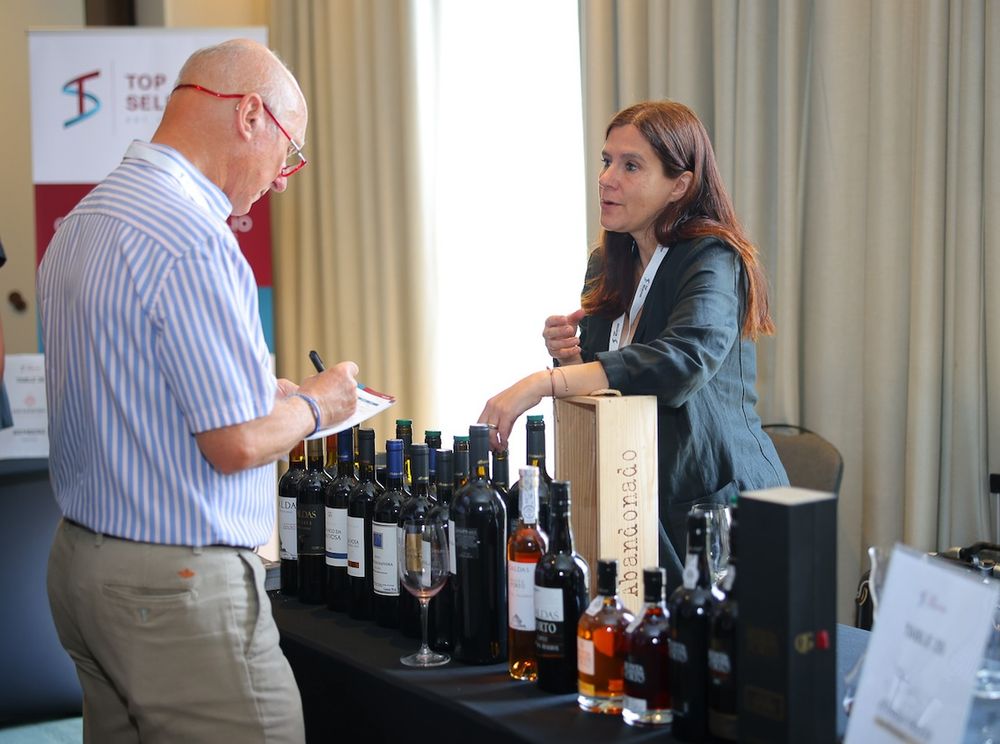
Alves de Sousa, Abandonado Magnum 2019
All the wines by this Douro producer, with five Quintas, were pretty impressive - especially the Quinta da Gaivosa Vinha de Lordelo 2019, a delicious, intense and memorable field blend of over 20 different varieties. But the stand-out was the iconic Abandonado. This is an astonishingly dark blend of Touriga Nacional, Tinta Amarela, Tinta Franca, Sousāo and other native varieties grown on 80 year old vines that were abandoned before owner Domingos Alves de Sousa bought them back into use. The wine has rich flavours of cacao, liquorice, balsamic vinegar and dark berries on the long palate. Pricey at around £80 for the regular 750ml bottle but worth every penny.
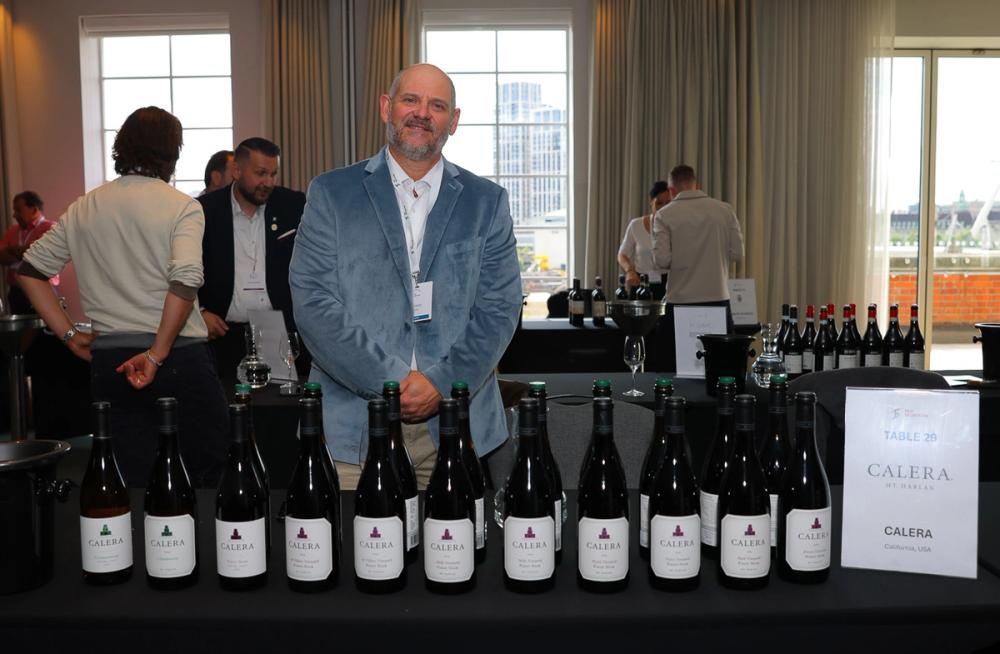
Calera, Mt. Harlan Pinot Noir Reed Vineyard 2018
A masterclass with Mike Waller, chief winemaker and protégé of legendary founder Josh Jensen (who died in 2022), highlighted just how impressive and distinctive these single vineyard Pinots are: all made identically, according to Waller, with differences solely down to terroir. And the Mt. Harlan Chardonnay 2019 shows just how far all of these wines have come in recent years, lees-aged and whole cluster (so bigger in style), but retaining elegance and precision. Elevation – most of the property is at 1200 ft – and limestone soils explain the quality of these wines, alongside great winemaking of course (Waller has worked 18 vintages at Calera).
Of the Pinots, I really liked the Jensen Vineyard 2018, from the property’s oldest vineyard, planted back in 1975, which means it and, of course, Calera commemorate their 50th birthday this year. But for me the Reed Vineyard 2018 was the most distinctive – another old vineyard but allowing the wine to show perfumed notes of liquorice and spice alongside the red fruit.
And finally....
So, some truly great wines. Just before leaving I asked Akos Forczek what had been his biggest change in the wine industry over the past 25 years.
“A lot of producers - especially ours - have now switched to organic production or are in conversion to it. Back in 2000 being sustainable really wasn’t a big thing, it wasn’t something many winemakers and growers thought about. But the biggest change is in wine quality - it’s just so much better than it was back then.”


